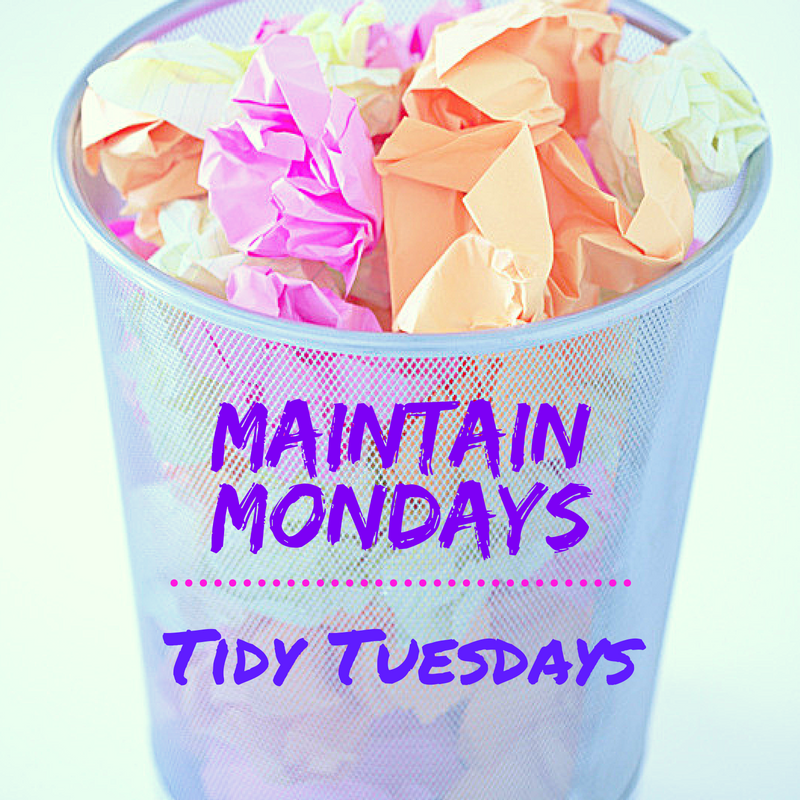3 Ways to Cut Down on the Electronic Clutter
- Shawndra Holmberg
- Dec 11, 2016
- 3 min read

Because many of us spend quite a bit of time on our computers, I'll start with three things you can do to make your computers more organized.

Manage Your Desktop
This tip is geared for the individual who likes to see their files on the desktop.
Some people prefer their desktops to be clear of all but a few icons. Others use the desktop as their primary filing cabinet which offers easy access to everything they're currently working. It also provides overwhelming visual clutter if it's not maintained and organized.
Both desktop preferences are valid. After all, my husband is a "clear desktop" kinda guy, and I like to have my active files easy to access quickly.
One option for keeping your desktop organized is to establish quadrant guidelines. For example, you could:
Keep documents and projects you're working on in the upper right quadrant. Every time you add a file move it to this corner.
The lower right corner could be software programs you routinely use, such as Word, Excel, email, and your main browser icons.
The lower left corner could be other apps and shortcuts that you want quick access to but aren't using every day.
The upper left corner could be kept for the trash or recycle bin.
Any other setup will work if you're consistent with maintaining your location rules. Once you know that a certain type of file or icon is in a specific area of your desktop, you won't waste time scanning the whole desktop.
Another use for your desktop is to set a motivational image or phrase as your background.
Naming Your Files to Make Searching Easier
If you've been working with computers for 20 years or more, then you learned to limit your file name to 25 characters or less. You also set up file folders within file folders within file folders which allowed you to organize and find your files more easily than looking through a whole list of files.
That was yesterday. Bring your file names and searching routine into the present day.

Name your files using all the keywords you think apply.
Yes, there is a limit of 260** characters in the full path name but that allows you a lot of room to put in descriptive terms - this sentence is still not 260 characters long; it's only 224 characters long (including spaces). Add lots of keywords.
No need for folders within folders - let your computer do the searching.
Admittedly, I still prefer to set up main category folders and then sub-categories, but I've stopped setting up folders within folders within folders. No more click after click after click.
I recommend that you save a file in it's appropriate sub-folder but rely on the search feature in your file manager***. If you've added your keywords into the file name, your computer can do the work of searching and quickly offer you documents that fit. This helps if you've accidentally saved it in the wrong folder (it happens), and it will save you time.
** The 260 character limit is for the average non-computer geek user of Windows. The limit includes the name of the folder(s) where the file is located. For the average Mac user, keep the file name to 255 characters or less (folder names don't count in this limit).
*** Your file manager application is called Windows Explorer or File Explorer in Windows and Finder for Mac OS X.
Maintain Mondays (or Tidy Tuesdays)

Your files are not going to stay magically organized without routine maintenance. Take time each week to remove old files from your desktop, clear out your downloads, or sort through your computer folders for out-of-date material.
When I'm tidying my electronics files, I'll often sort by size. I delete the larger files first, if I can because it frees up more space quickly. I'll then sort by date and look at the oldest files.
I don't recommend you spend hours clearing out your old documents, but 15 minutes a week or even 5 minutes a day is progress and can make you feel good.

Comments